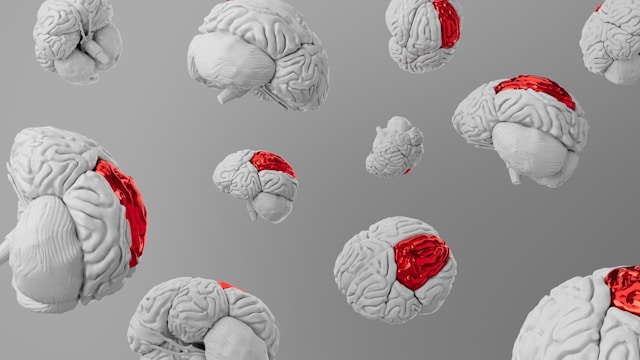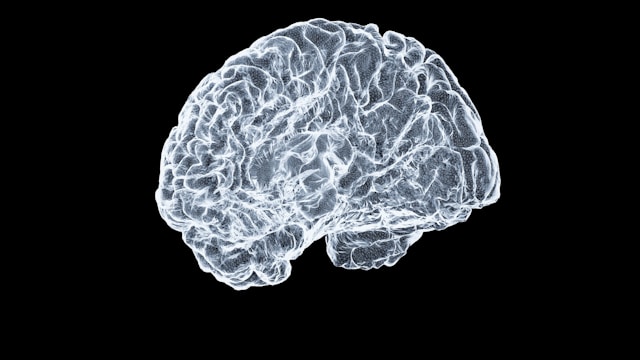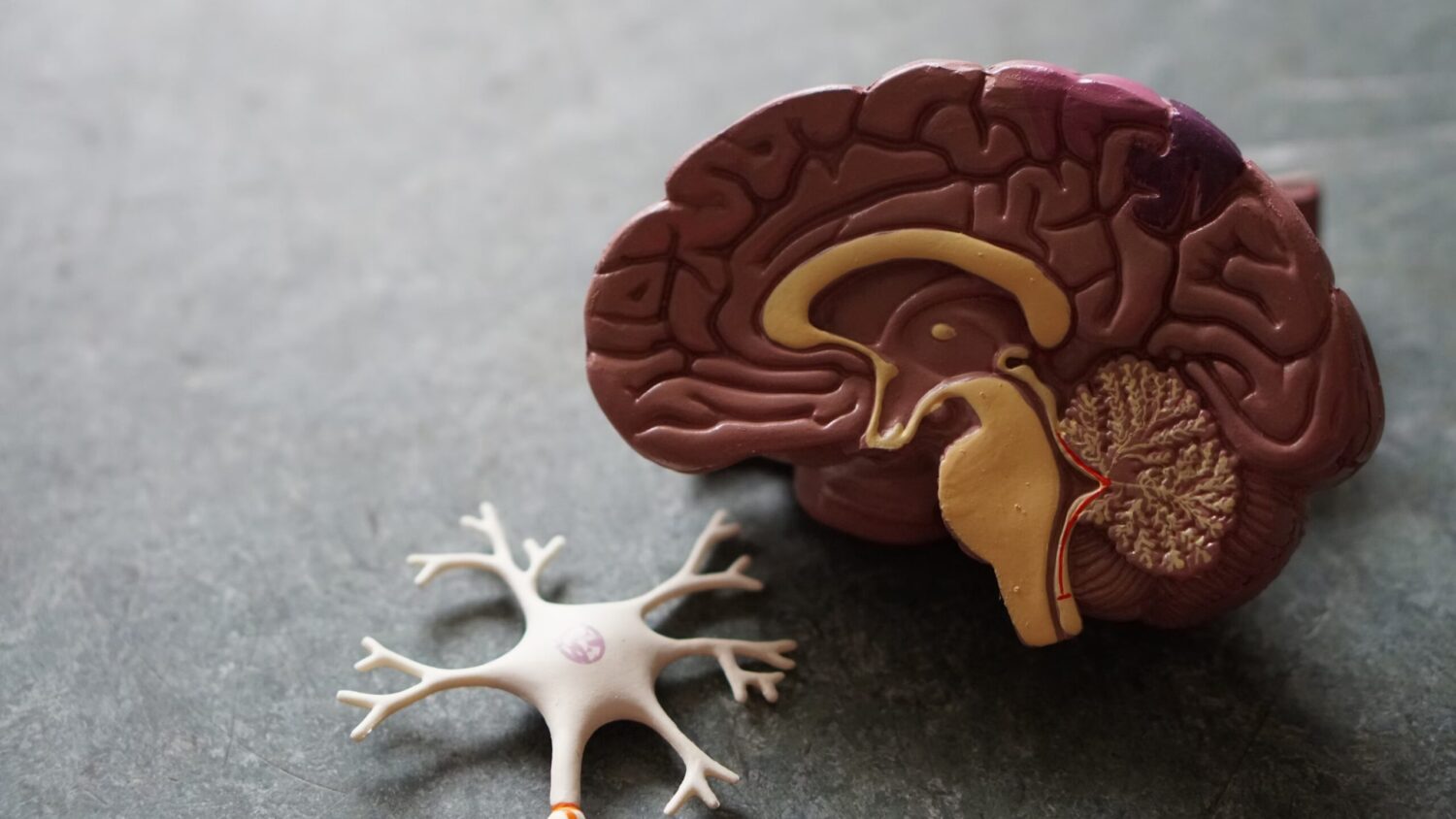Authors:
E.A. Antipenko 1 , A.V. Shulyndin 2 , K.M. Belyakov 3
1 FSBEI in “Volga Research Medical University” of the Ministry of Health of Russia, Nizhny Novgorod, Russia;
2 LLC "Vectorfarm", Moscow, Russia;
3 GBUZ but "Nizhny Novgorod Regional Clinical Hospital named after N.A. Semashko ", Nizhny Novgorod, Russia
Place of publication:
a journal of neurology and psychiatry named after S.S. Korsakova, 2024, T. 124, No. 3
Summary:
Purpose of the study. Assessment of the effect of consecutive therapy with Mexidol preparations (injections of 500 mg intravenously for 14 days) and Mexidol Forte 250 (tablets 250 mg 3 times a day for 60 days) for higher cortical functions in patients with moderate cognitive disorders (Ukrainian) in chronic ischemia brain (chem). Material and methods. In a comparative prospective study, 63 patients with Khim with Ukrainian are included. All patients received basic therapy aimed at reducing risk factors (antihypertensive, antitrobotic drugs). Patients of the main group (OG, N = 30, 12 men, 18 women) received Mexidol intravenously 500 mg per 100 ml of a 0.9% solution of NACL once a day for 14 days, then Mexidol Forte 250 to 250 mg 3 times a day for the next 60 days. The comparison group (GS) compiled 33 patients (14 men, 19 women) who received only basic therapy. Investigated the cognitive status (the MOCA scale, the frontal dysfunction battery, the memorization test of 10 words), the severity of asthenia (the MFI-20 scale), anxiety and depression (HADS scale), the patient’s assessment of state dynamics (CGI-Maintenance scale) at 1, 14 and 74 -y ± 5 days. Patients in the 1st and 74th ± 5 days of observation were examined by transcranial magnetic stimulation (TKMS) in order to study the neuronal activity of the cerebral cortex. Results. At the time of completion of treatment, a pronounced regression of UKR was noted (growth on the Moca 3 score scale, the difference with GS 1 point, p <0.0001; the tests of the frontal dysfunction batteries - 4 points, the difference with GS 2 points, p <0.001; the memorization test test 10 words - 2 points, the difference with GS 1 point, p <0.05), emotional (Hadss Alarm scale - 8 points, difference with GS 3 points, p <0.001, hads depression - 3.5 points, difference with GS 1 , 5 points, p <0.01), asthenic (scale MFI-20-30 points, difference with GS 15.5 points, p <0.01), improving the well-being of patients (CGI-speed scale-2 points, difference with GS 1 point, p <0.0001). According to the TKMS, a statistically significant decrease in the central motor time at the level of both motor motor neurons is bilaterally from the moment therapy (p <0.01) is determined. The reverse correlation of the time of the central motor conduct and the results of the tests of the frontal dysfunction battery for left -sided localization of the first motor neuron (p <0.01) was revealed. Conclusion. The results of the study of therapy with Mexidol drugs at 500 mg iv 1 time per day for 14 days, followed by the oral administration of Mexidol Fort 250, 1 tablet 3 times a day for 60 days indicate its clinical efficiency and safety in patients with Khim with UKR , and also confirm its significance for the prevention of the progression of the disease. Key words: chronic brain ischemia, moderate cognitive disorders, Mexidol, MOCA scale, frontal dysfunction, transcranial magnetic stimulation.









